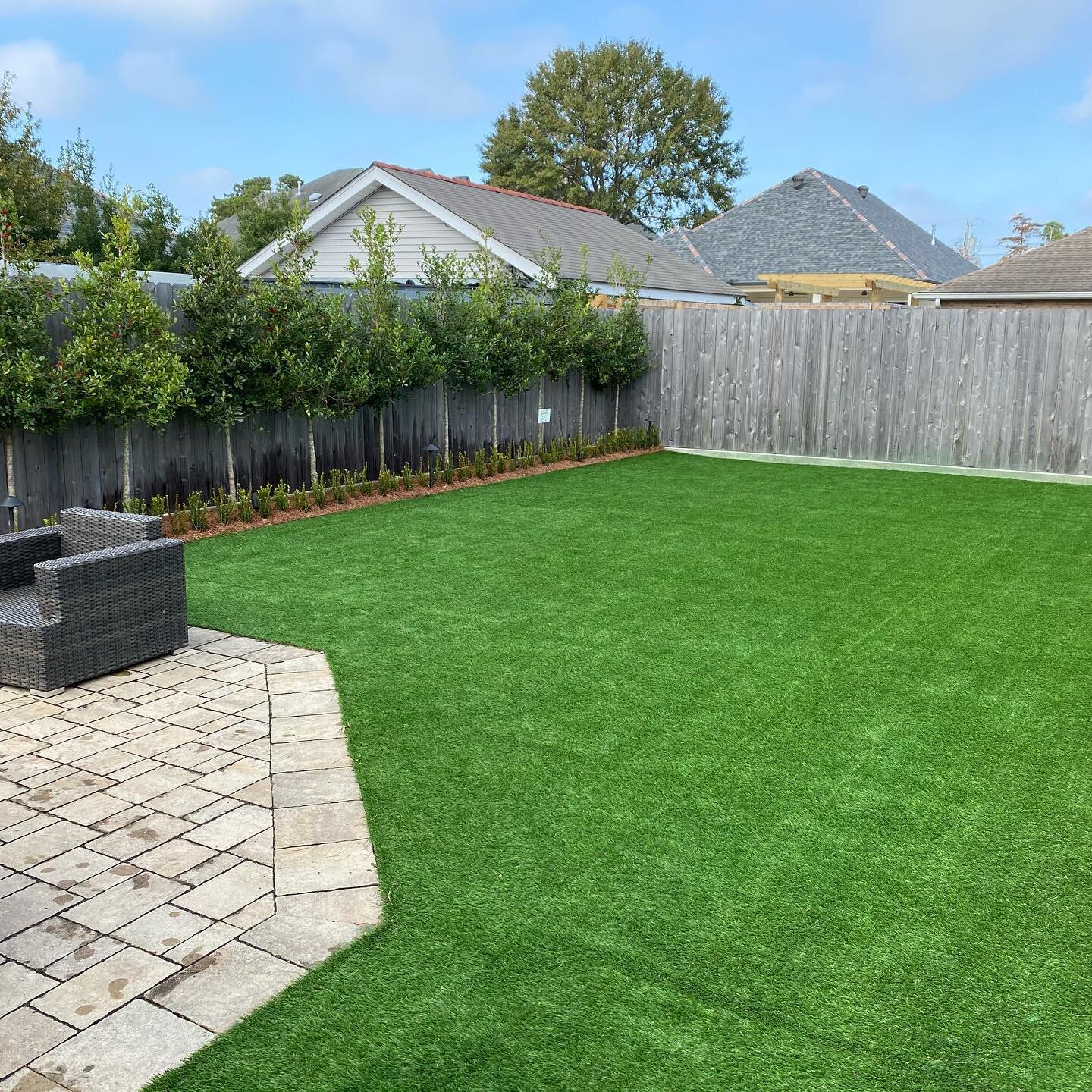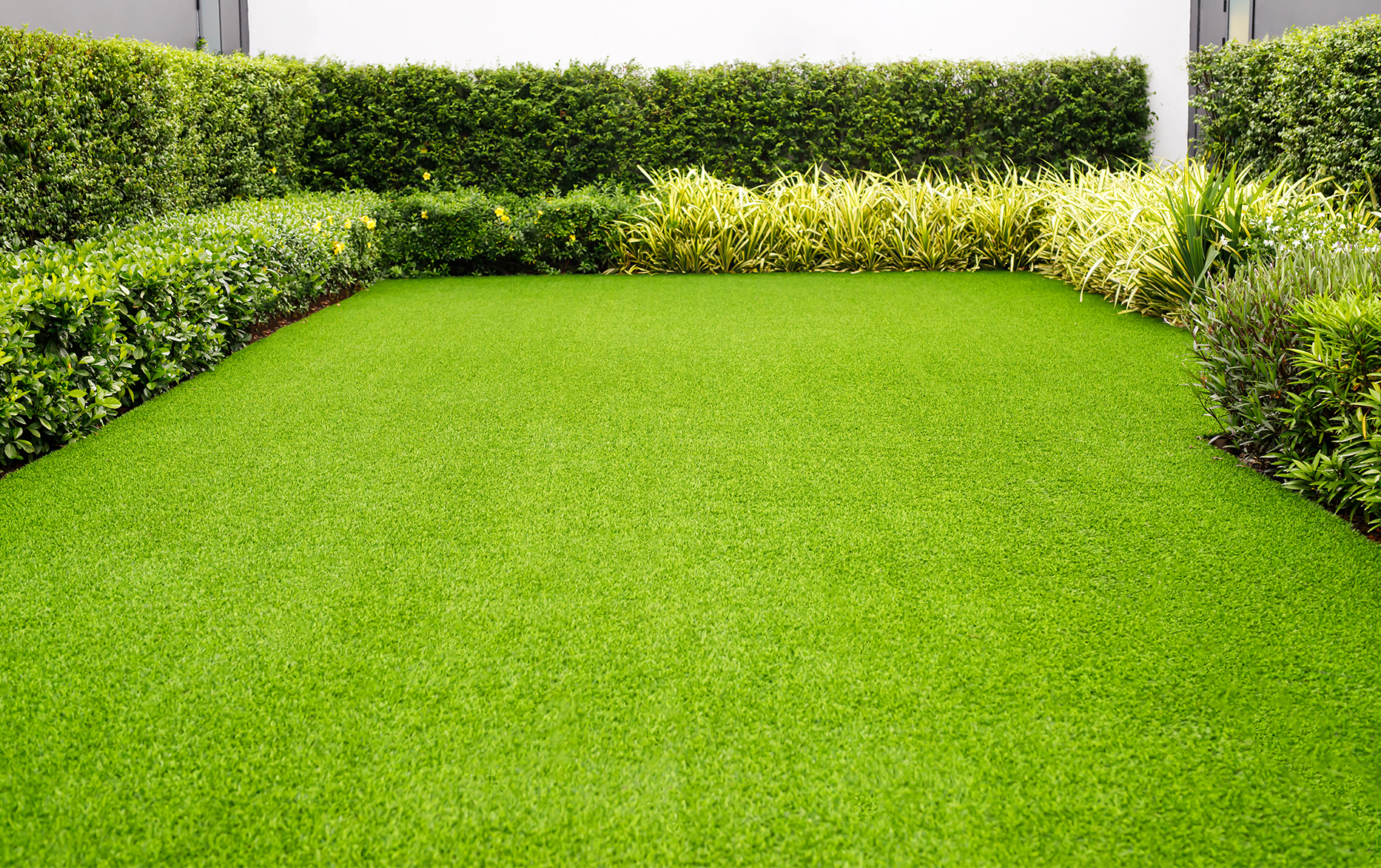Top-Grade Arizona Turf Options for a Stunning and Green Landscape
Wiki Article
See Why Homeowners Prefer Artificial Grass for Lasting Landscaping Practices
As home owners significantly focus on sustainability in landscape design, synthetic grass has become an engaging choice to traditional turf. Its capacity to preserve water, minimize upkeep efforts, and reduce environmental effect placements it as a functional choice for those looking for environmentally friendly remedies. The visual allure and adaptability of man-made lawn cater to varied style preferences. However, the implications of this shift prolong past simple benefit and visual appeals, prompting a more detailed exam of exactly how these choices affect wider environmental results. What stays to be explored is the complete extent of benefits that artificial grass can use to property owners and the setting alike.Water Preservation Conveniences
Among one of the most substantial benefits of synthetic grass is its duty in water conservation. Conventional lawn yards require considerable quantities of water to keep their lavish appearance, commonly bring about overuse of local water resources, particularly in deserts. In comparison, synthetic grass eliminates this demand completely, as it does not call for watering. This not just conserves water but also decreases the stress on local water supply, specifically throughout dry spell problems.Furthermore, the setup of synthetic grass can add to a much more lasting landscape. House owners can substantially reduce their water expenses, permitting for reallocation of sources to various other ecological efforts or family uses. Additionally, synthetic grass is designed to withstand numerous weather conditions without the need for supplemental watering, making it a perfect choice for areas encountering water shortage.
The environmental benefits expand past instant water savings. By reducing water intake, synthetic grass helps to minimize the effects of climate adjustment, protecting important communities that are threatened by too much water removal. As sustainable landscape design methods acquire grip, fabricated grass emerges as a liable option for property owners looking for to produce environment-friendly outside spaces.
Lowered Maintenance Initiatives
Synthetic lawn substantially decreases upkeep efforts contrasted to standard turf yards. With man-made grass, house owners can eliminate the taxing tasks linked with natural landscape design, such as mowing, fertilizing, and weeding. This not just saves beneficial time however additionally lowers physical labor, making grass treatment easily accessible for individuals of any ages.Conventional yards require constant trimming to preserve a visually pleasing height, whereas synthetic lawn stays constantly lush without the requirement for reducing. Additionally, property owners no much longer need to apply chemicals or plant foods, which are often needed to maintain all-natural lawn healthy.
Moreover, synthetic grass is long lasting and resistant, needing marginal maintenance beyond periodic cleaning and washing to get rid of debris. This simplicity of maintenance permits homeowners to enjoy their outdoor areas without the consistent worry of maintenance, giving even more time for leisure and household activities. Eventually, the lowered maintenance efforts connected with fabricated grass make it an attractive alternative for those seeking a low-maintenance, visually appealing landscape.

Environmental Effect Reduction
There is a growing acknowledgment of the ecological benefits related to synthetic grass, especially in terms of water conservation and reduced chemical use. Traditional lawns need significant amounts of water, specifically in drought-prone areas, bring about raised stress on local water resources. On the other hand, synthetic grass gets rid of the requirement for watering, drastically reducing water consumption and promoting sustainability.In addition, standard grass maintenance frequently involves the application of pesticides, herbicides, and plant foods, which can add to soil and water air pollution. Fabricated grass reduces this ecological threat by needing marginal upkeep and virtually eliminating the need for harmful chemicals. This not only boosts soil wellness yet likewise shields neighborhood ecological communities from poisonous drainage.
Moreover, the production of natural lawn lawns generally entails the use of nonrenewable fuel sources for mowing and landscaping devices, more adding to greenhouse gas emissions. By choosing synthetic grass, property owners can substantially lower their carbon footprint connected with lawn care activities.
Aesthetic Appeal and Versatility
In addition to its ecological advantages, synthetic grass provides substantial visual allure and adaptability for landscaping. Home owners can attain a lavish, environment-friendly look year-round, getting rid of the seasonal changes commonly linked with all-natural lawn. This consistent visual not just enhances the aesthetic appeal of a building yet likewise adds to a refined and well-maintained appearance.
Moreover, synthetic grass is available in a range of structures, colors, and styles, allowing for customization to suit individual choices and layout motifs - Artificial turf companies phoenix. Whether used in domestic gardens, commercial rooms, or entertainment locations, it can effortlessly integrate into varied landscape design styles, from modern minimalist to lavish exotic settings
The versatility of synthetic grass prolongs beyond mere look; it can be set up in various areas, consisting of rooftops, patios, and also indoor spaces, developing chances for distinct landscaping remedies. Furthermore, it appropriates for an array of tasks, from children's backyard to pet-friendly atmospheres, providing functionality without compromising style.
Inevitably, the visual charm and flexibility of synthetic grass make it an appealing choice for home owners looking for sustainable landscape design services that do not compromise elegance check for environmental obligation.

Long-Term Expense Financial Savings
One of the most compelling benefits of artificial grass is its possibility for long-term expense savings. Unlike all-natural yard, which needs routine maintenance-- consisting of mowing, watering, feeding, and parasite control-- artificial grass significantly lowers these informative post recurring expenses.Additionally, fabricated turf has a life-span of 15 to 25 years, depending on its quality and usage. This toughness reduces substitute costs, making it a much more affordable option over time. The preliminary investment in synthetic turf can commonly be recouped with the savings accrued over time.
While the ahead of time cost may appear higher compared to turf setup, the cumulative savings from minimized maintenance and water usage commonly outweigh these initial expenditures. Inevitably, the adoption of synthetic lawn not just advertises a lasting landscaping remedy yet additionally uses house owners a monetarily wise choice that straightens with long-lasting budgeting goals.
Verdict
Man-made lawn emerges as an engaging option for sustainable landscape design, offering substantial benefits in water preservation, lowered upkeep efforts, and lessened ecological impact. As neighborhoods progressively focus on ecologically pleasant practices, the fostering of synthetic lawn stands for a dynamic step towards achieving sustainable and resilient landscapes.Additionally, artificial turf is created to stand up to different weather conditions without the demand for supplemental watering, making it an optimal choice for regions dealing with water scarcity. (Phoenix turf companies)

Man-made lawn emerges as a compelling option for lasting landscaping, supplying considerable advantages in water preservation, minimized upkeep efforts, and lessened environmental effect.
Report this wiki page